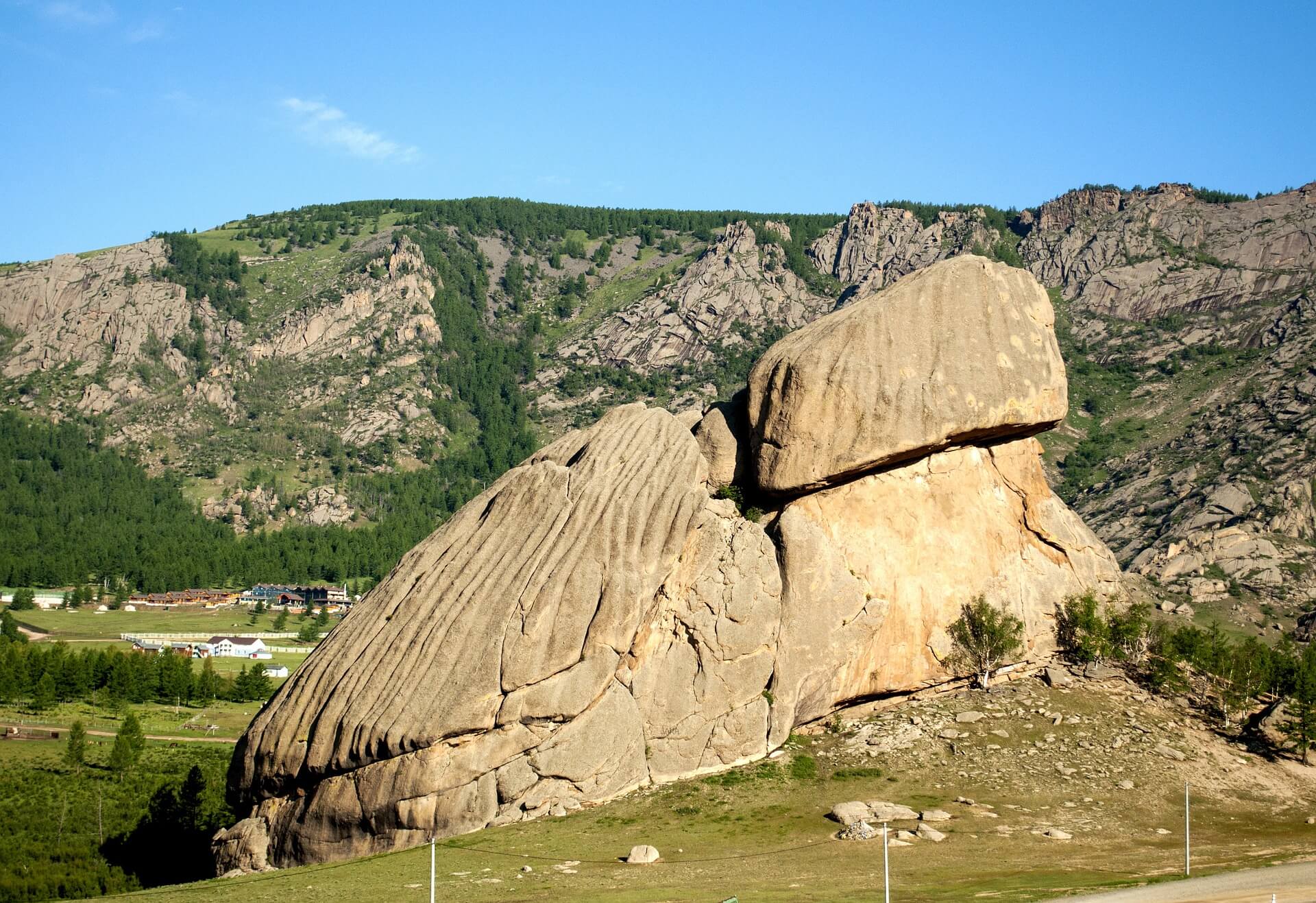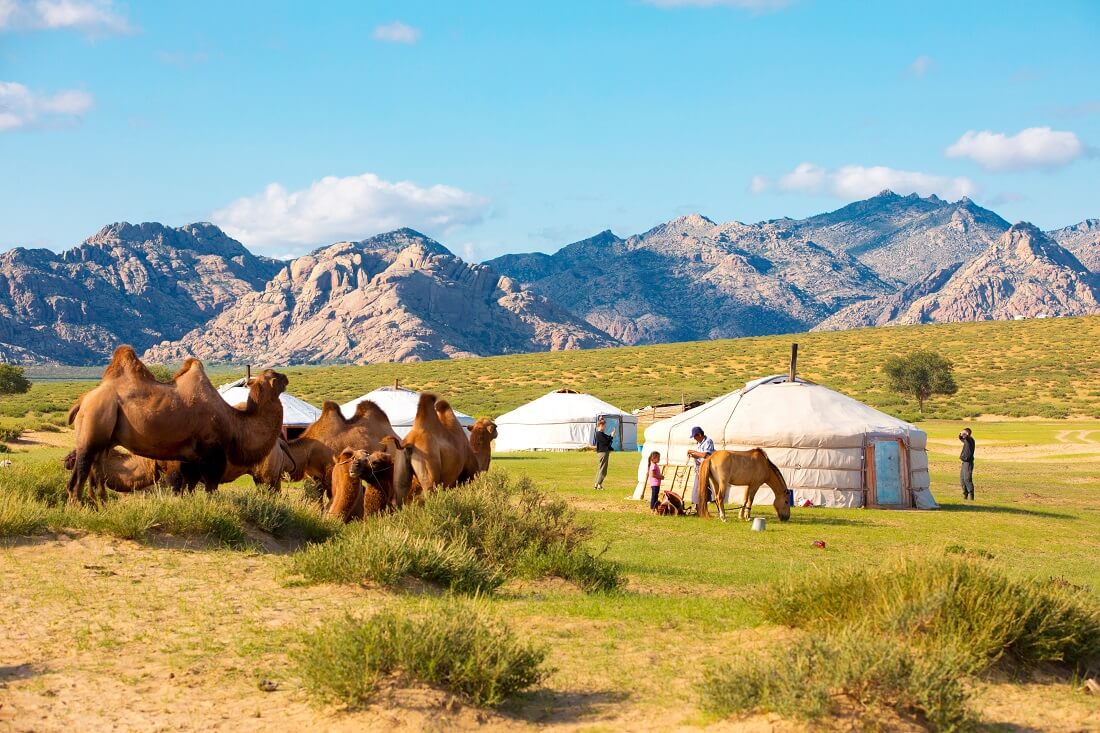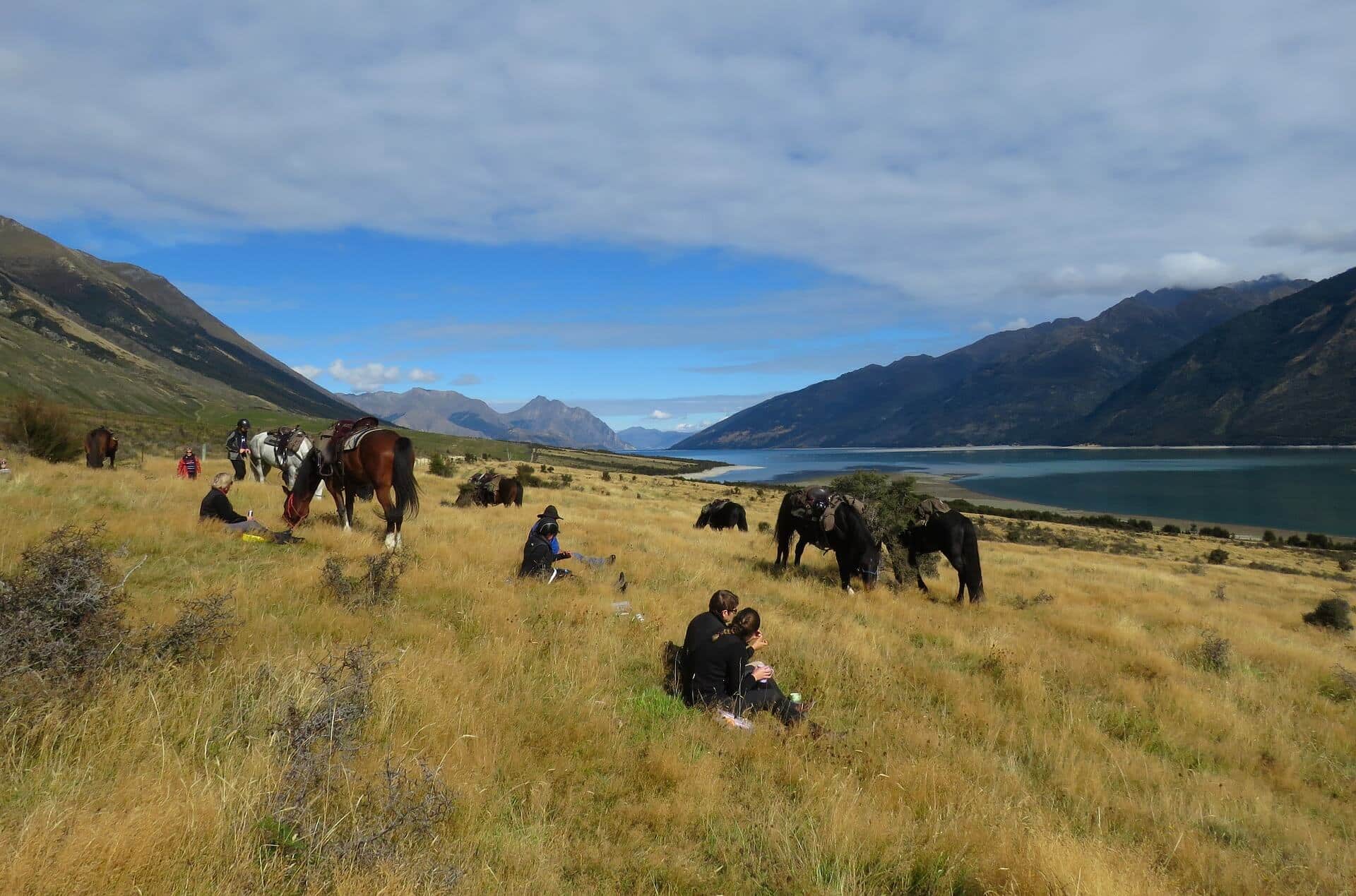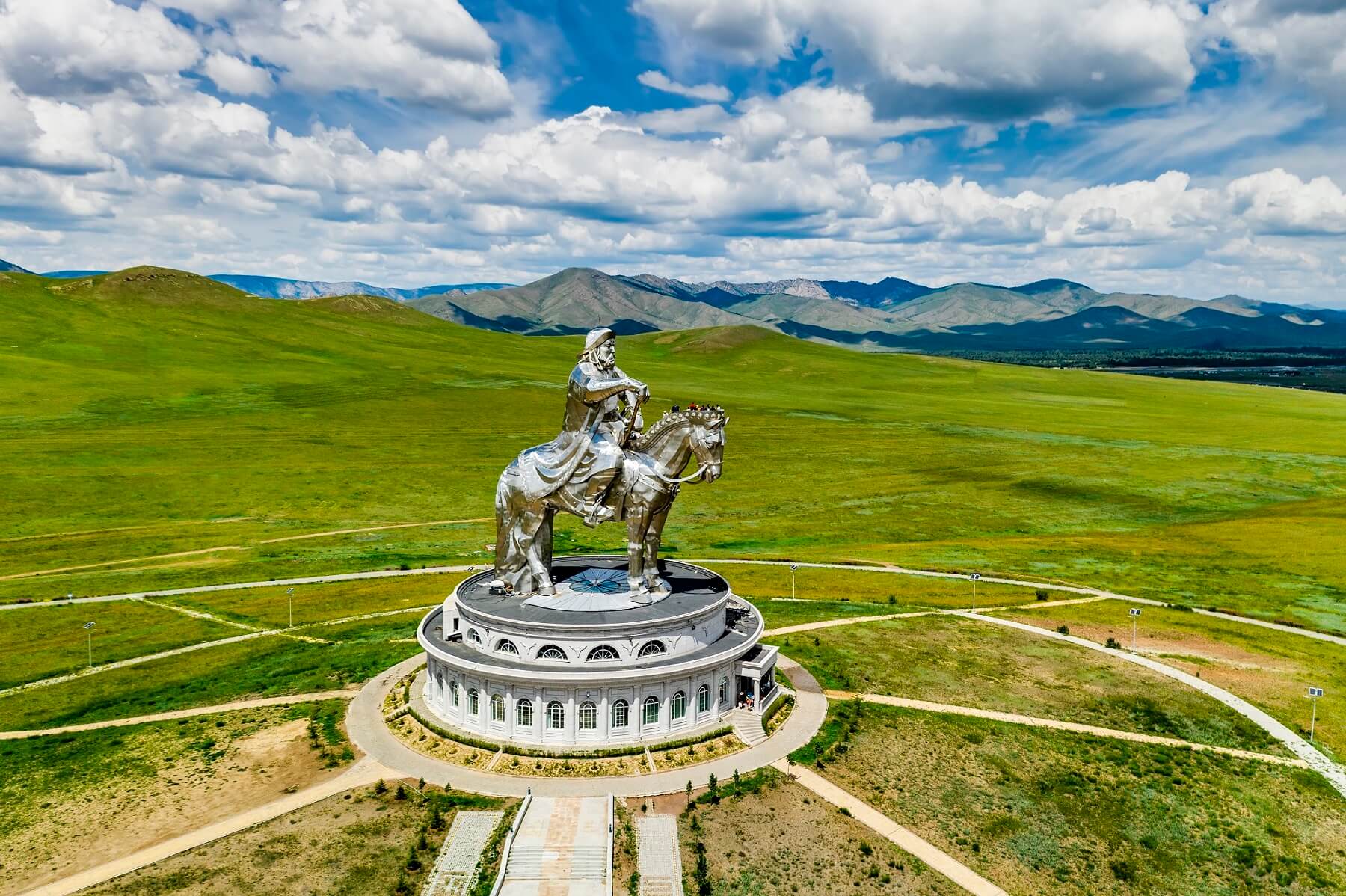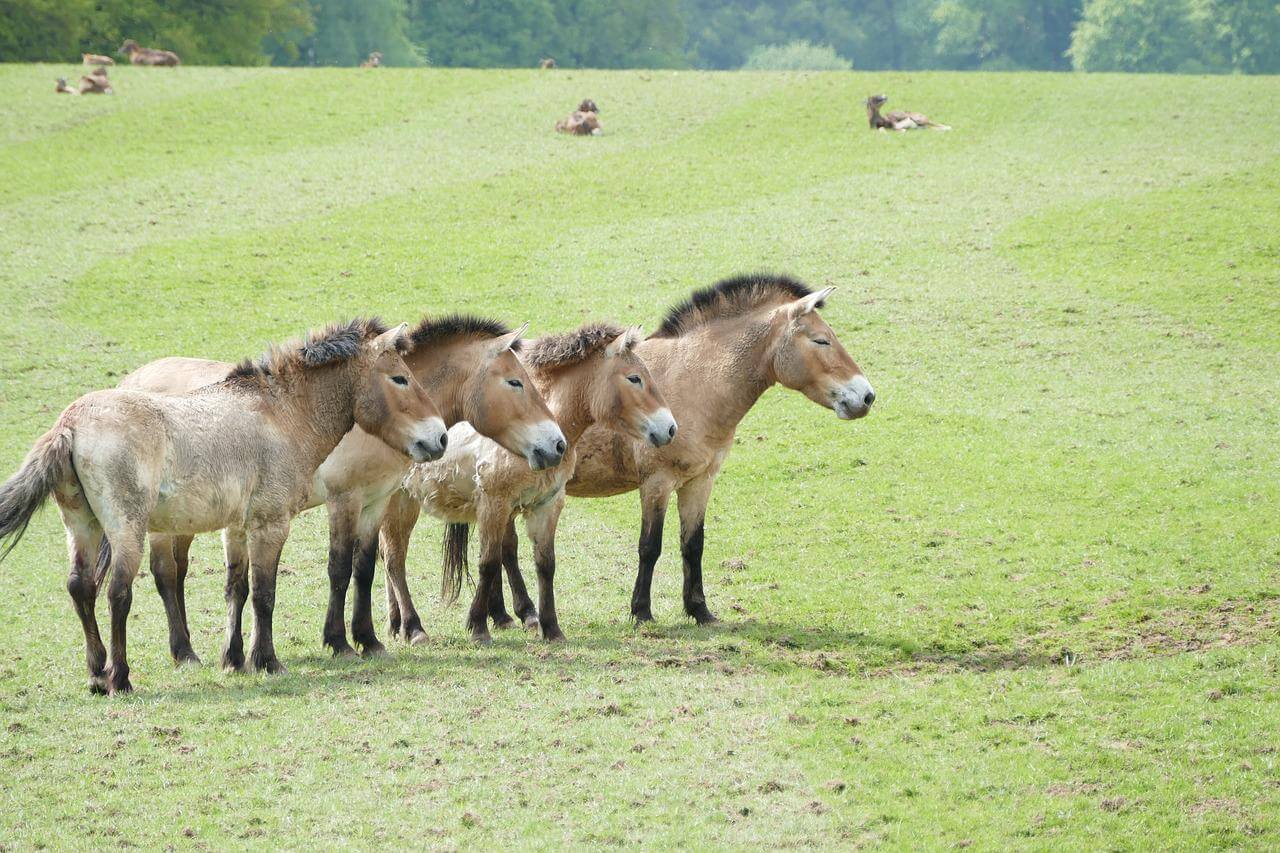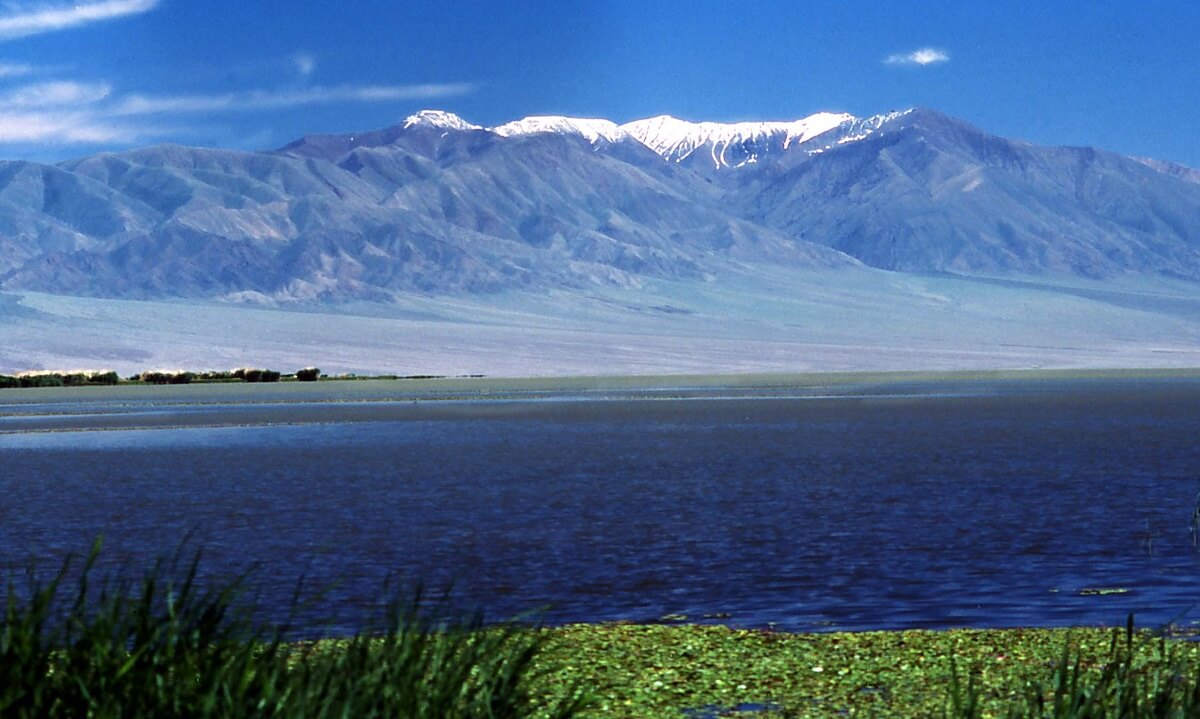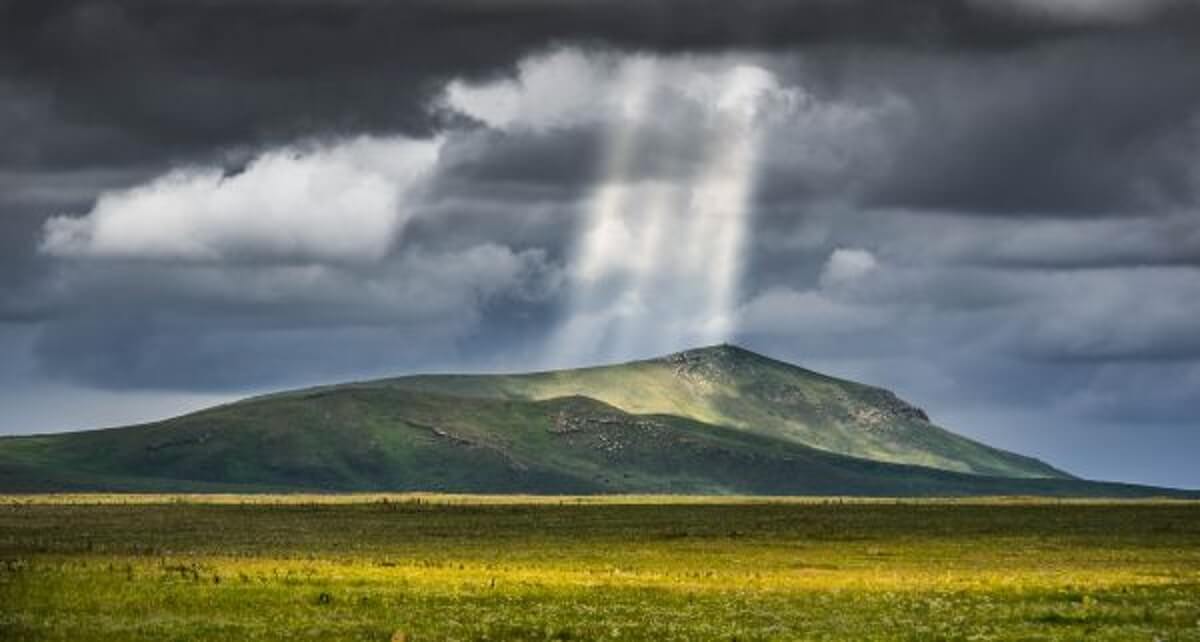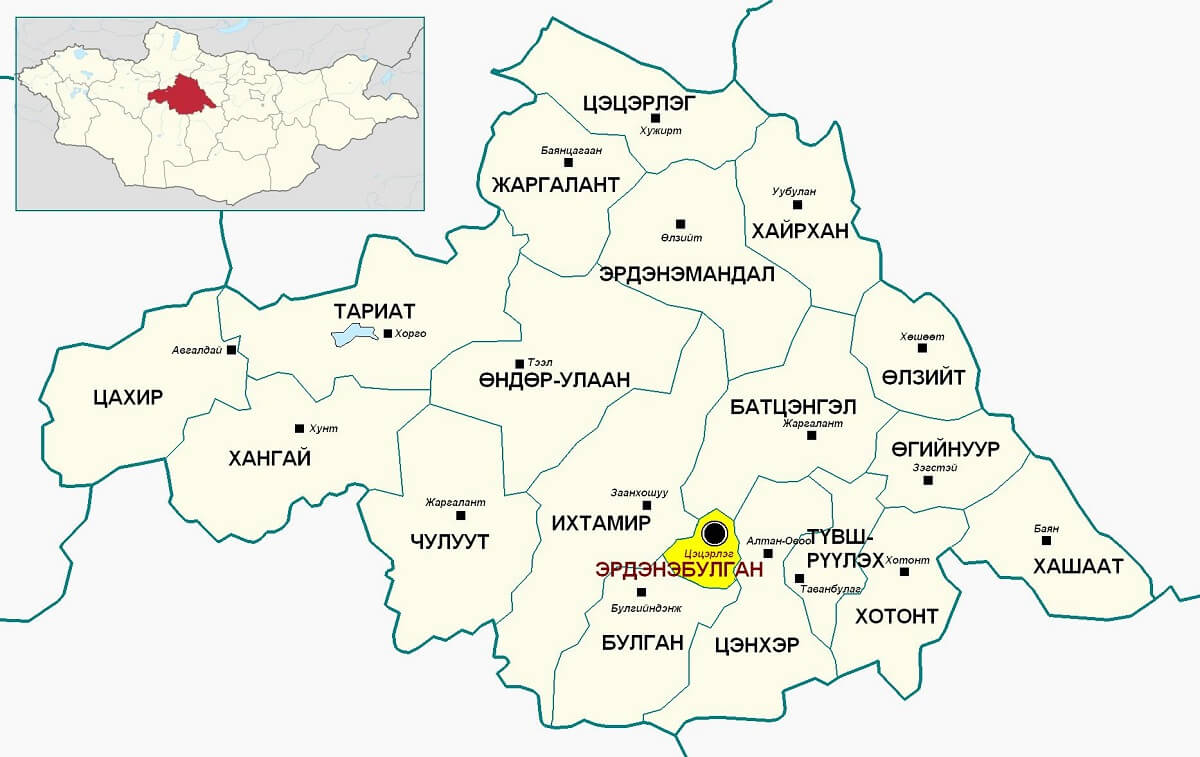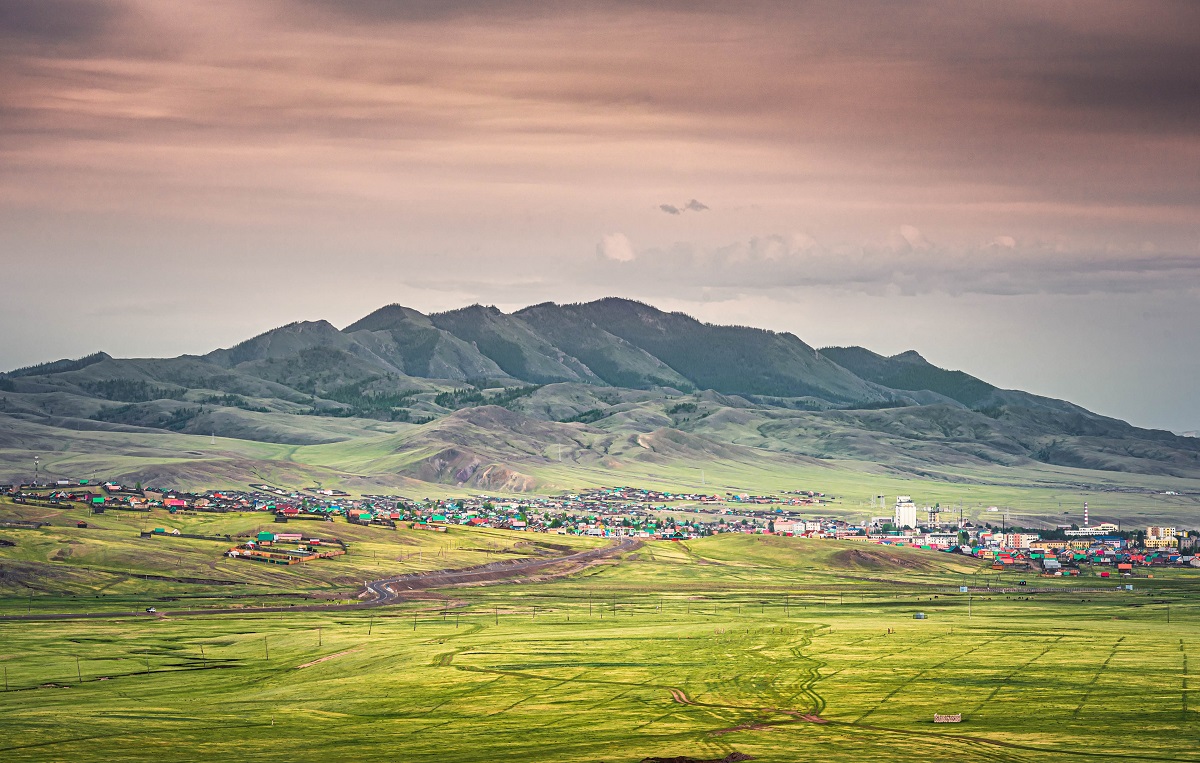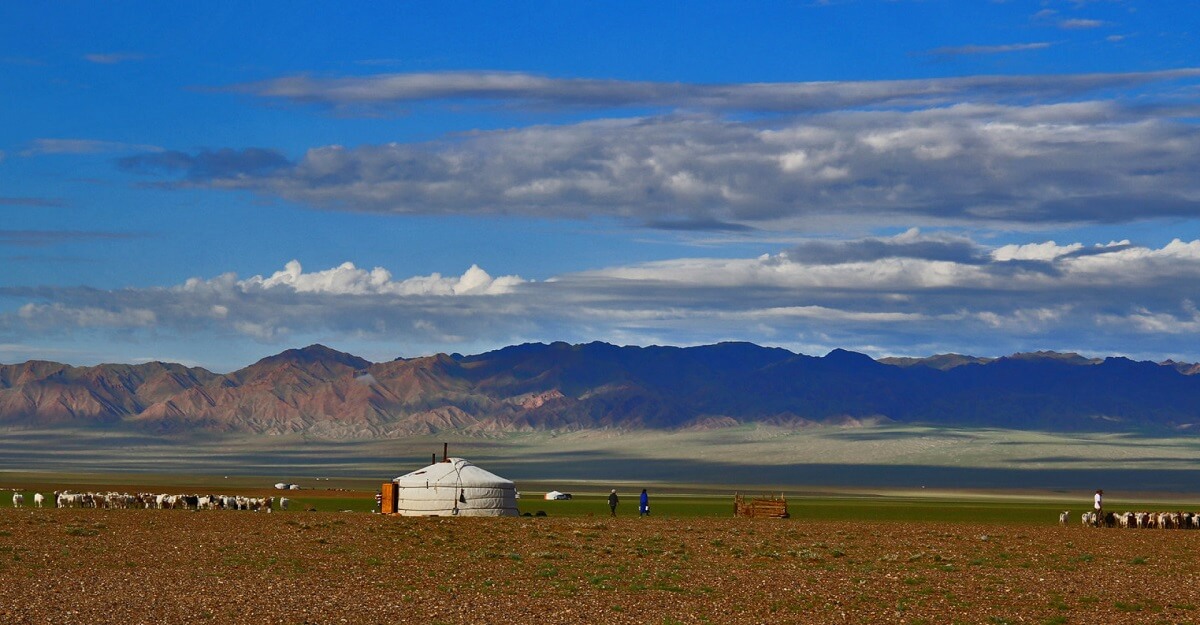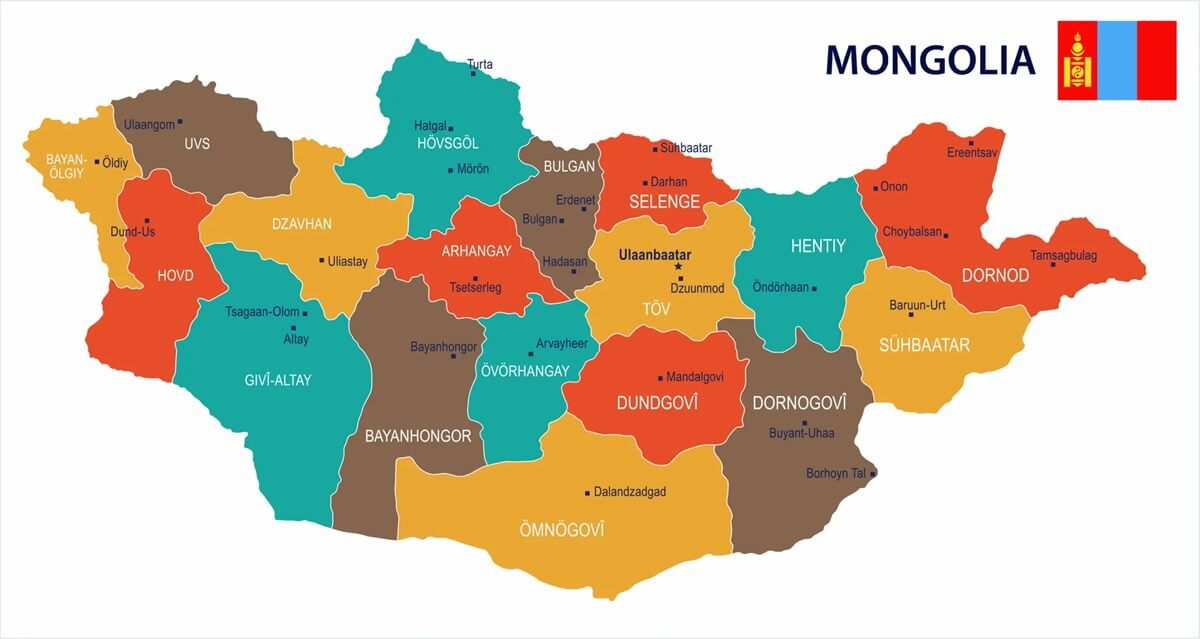1. The Enchanting Mongolia Countryside
The vast, open steppe defines much of the Mongolian countryside, home to a vibrant array of wildlife and nomadic families. The daily life here moves at the rhythm of nature, deeply connected to the herding of livestock and the seasonal migrations that have shaped the nomadic lifestyle for centuries.
This countryside, stretching from the rugged Altai Mountains and other significant mountain ranges such as Khogno Khaan Mountain to the north and the northern border with Russia, offers a glimpse into the soul of Mongolia, where wild horses roam free and the spirit of the Great Mongol Empire lingers in the air.
The long, harsh winter greatly impacts the nomadic lifestyle and shapes the countryside, influencing daily routines and animal herding.
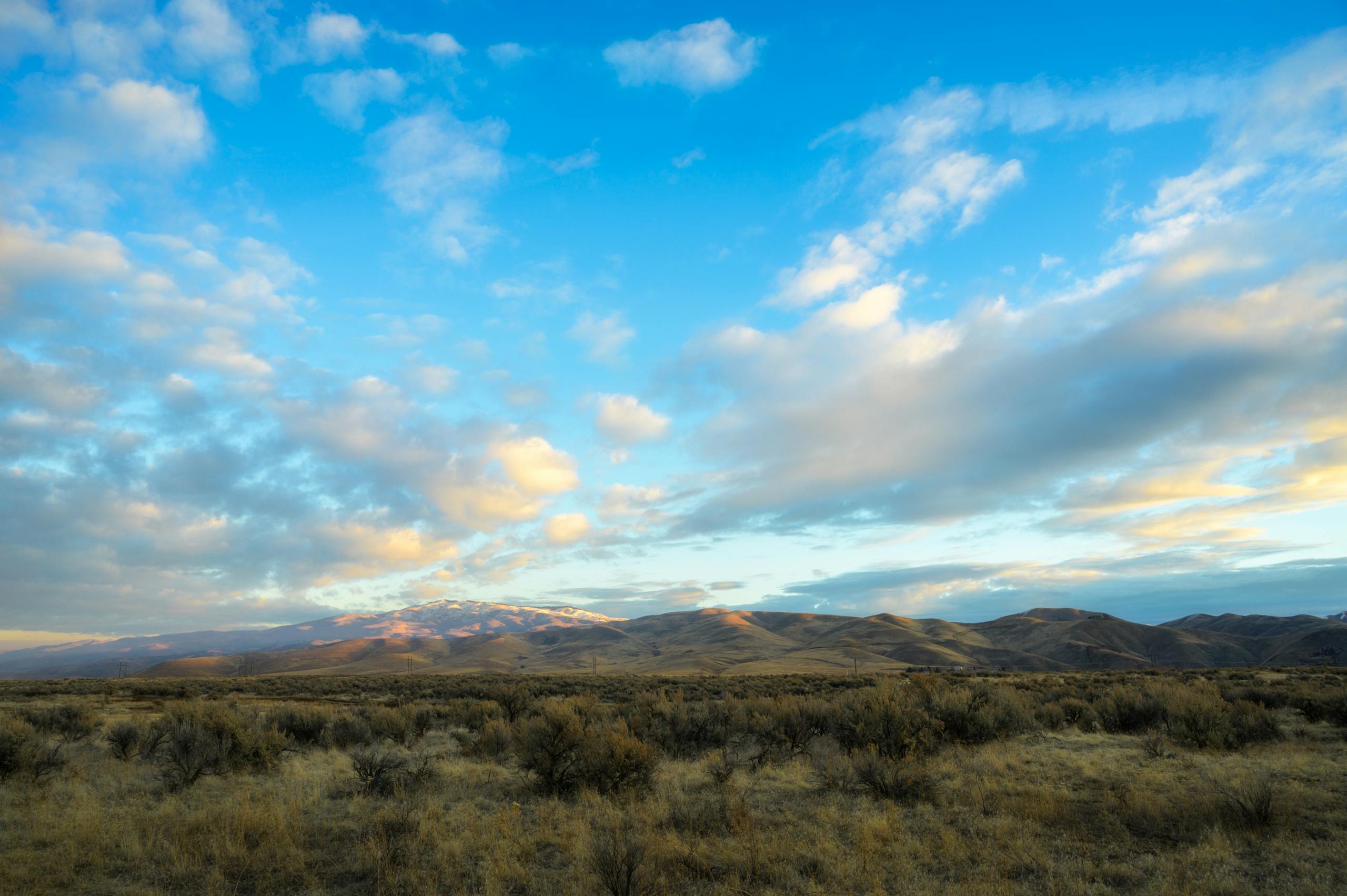
2. The Mysterious Gobi Desert
The Gobi Desert is not just another desert; it’s a historical marvel, rich in fossils at the Flaming Cliffs and expansive sand dunes that shift with whispers of the past.
This stark landscape is a significant part of the Mongolian landscape, offering camel rides and starlit nights that turn a visit into an unforgettable adventure. The Gobi is essential in understanding both the isolation and the beauty that characterize contemporary Mongolia.
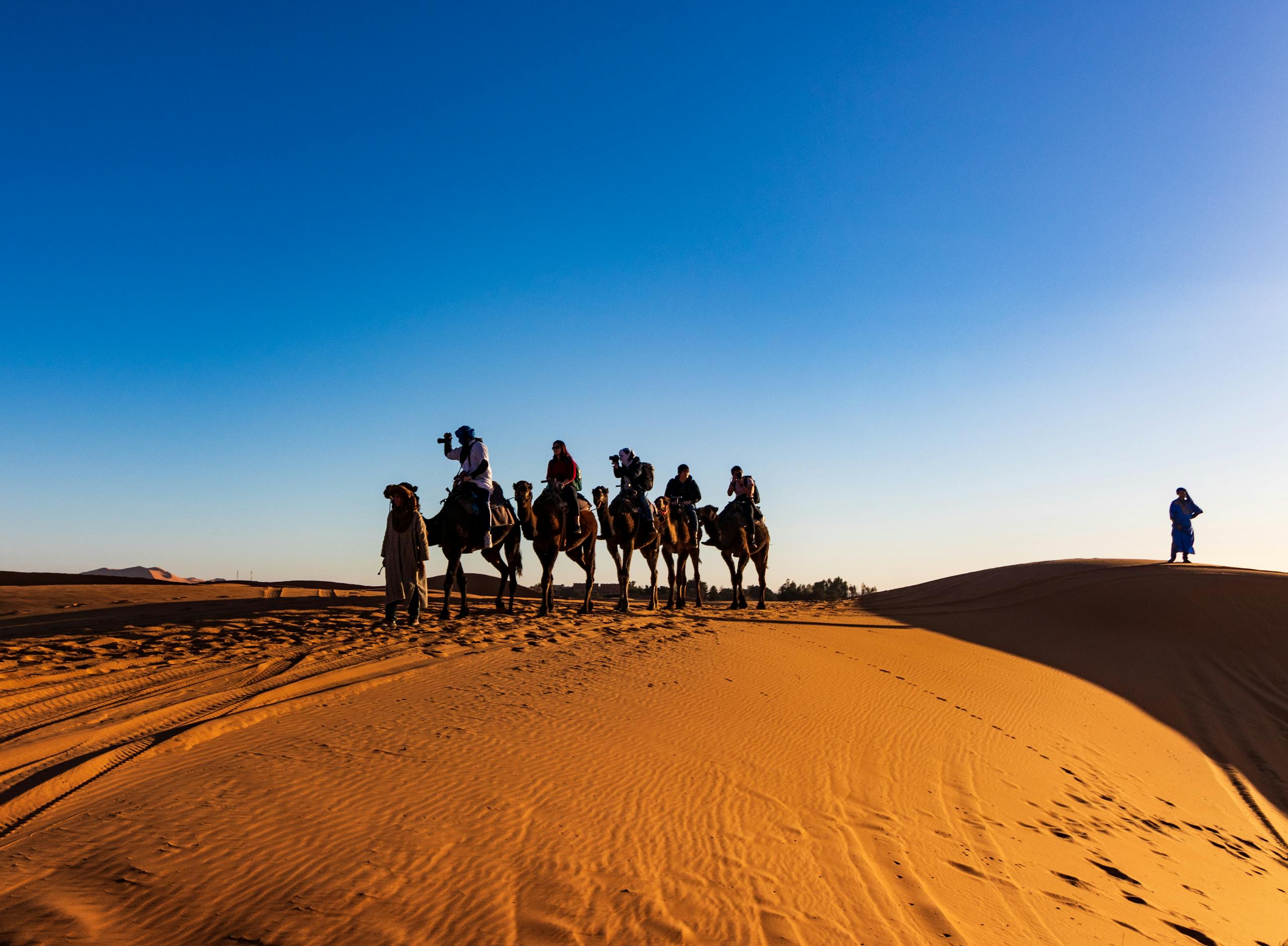
3. The Heart of Central Mongolia
Central Mongolia, a region marked by diverse landscapes and historical sites, encapsulates the essence of the region’s grandeur. From the ancient capital under Qing rule to the powerful echoes of Chinggis Khan and the Mongol Empire, this area is a central piece of the nation’s identity.
Karakorum, the former capital, served as the historical center of the Mongol Empire and remains an important archaeological and cultural landmark. The Tuul River and verdant pastures support a thriving culture deeply influenced by Tibetan Buddhism and traditional beliefs, with Buddhist monks playing a significant role in the region’s religious history.
During the socialist period, Central Mongolia experienced major changes in education and religious practices, including the suppression of monasteries and monks, as well as the establishment of modern educational institutions such as a university, contributing to the region’s cultural and educational development.
4. The Legacy of Nomadic Culture
Nomadic culture in Mongolia is a living tradition, with modern nomads still moving across the open steppe in their seasonal migrations. This culture is characterized by a profound connection to the land and animals, especially horses, which play a central role in daily tasks and celebrations.
One important thing for travelers is to participate in a traditional activity, such as helping with herding or learning to make dairy products, to truly experience nomadic life. The transmission of traditional knowledge among nomadic families—such as horsemanship, felt-making, and hospitality customs—is central to preserving their way of life.
Horse riding across the plains or witnessing a traditional eagle hunt in the remote Altai Mountains provides insights into a way of life that has survived the test of tens of thousands of years, the Soviet Union, and the pressures of the modern world.
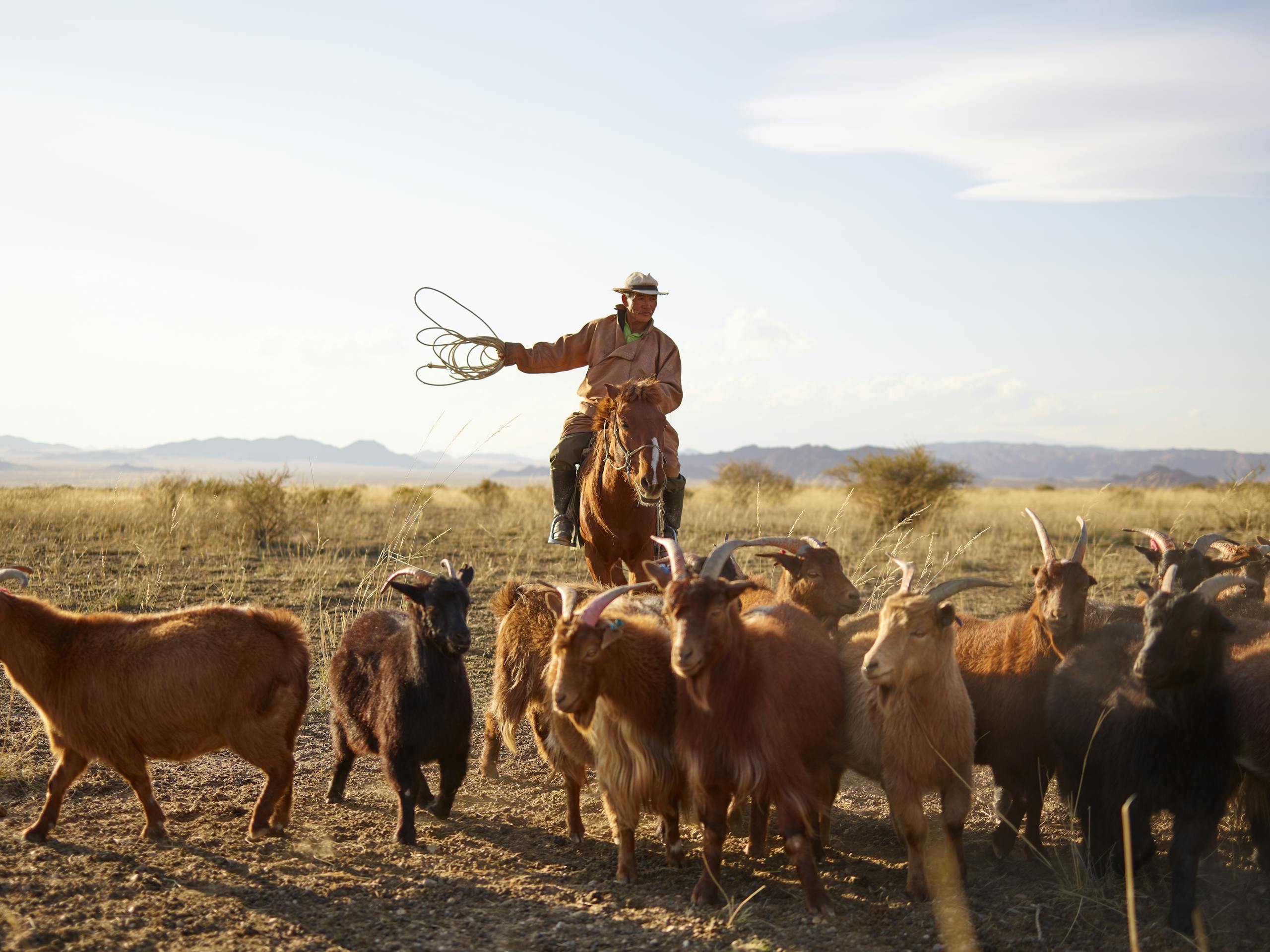
5. Echoes of the Past: History and Archaeology in Rural Mongolia
Mongolia’s countryside is a living museum, where echoes of the Mongol Empire and ancient nomadic culture are etched into the vast landscape. Scattered across the open steppe and rugged mountains, you’ll find archaeological treasures that tell the story of a country once at the heart of the world’s largest land empire.
The ruins of Karakorum, the legendary capital of the Mongol Empire, invite visitors to walk in the footsteps of chinggis khan and his successors, while the Orkhon Valley—a UNESCO World Heritage Site—reveals layers of history shaped by centuries of migration and conquest.
The Gobi Desert, with its endless horizons, is not only a symbol of Mongolia’s natural beauty but also a treasure trove for archaeologists.
At the Flaming Cliffs, the red sandstone glows at sunset, and the ground beneath holds secrets from the age of dinosaurs, with world-famous fossil discoveries that have captivated scientists and travelers alike.
Exploring these sites offers a unique window into the country’s past, where the spirit of the nomadic culture and the legacy of the Mongol Empire continue to shape Mongolia’s identity today.
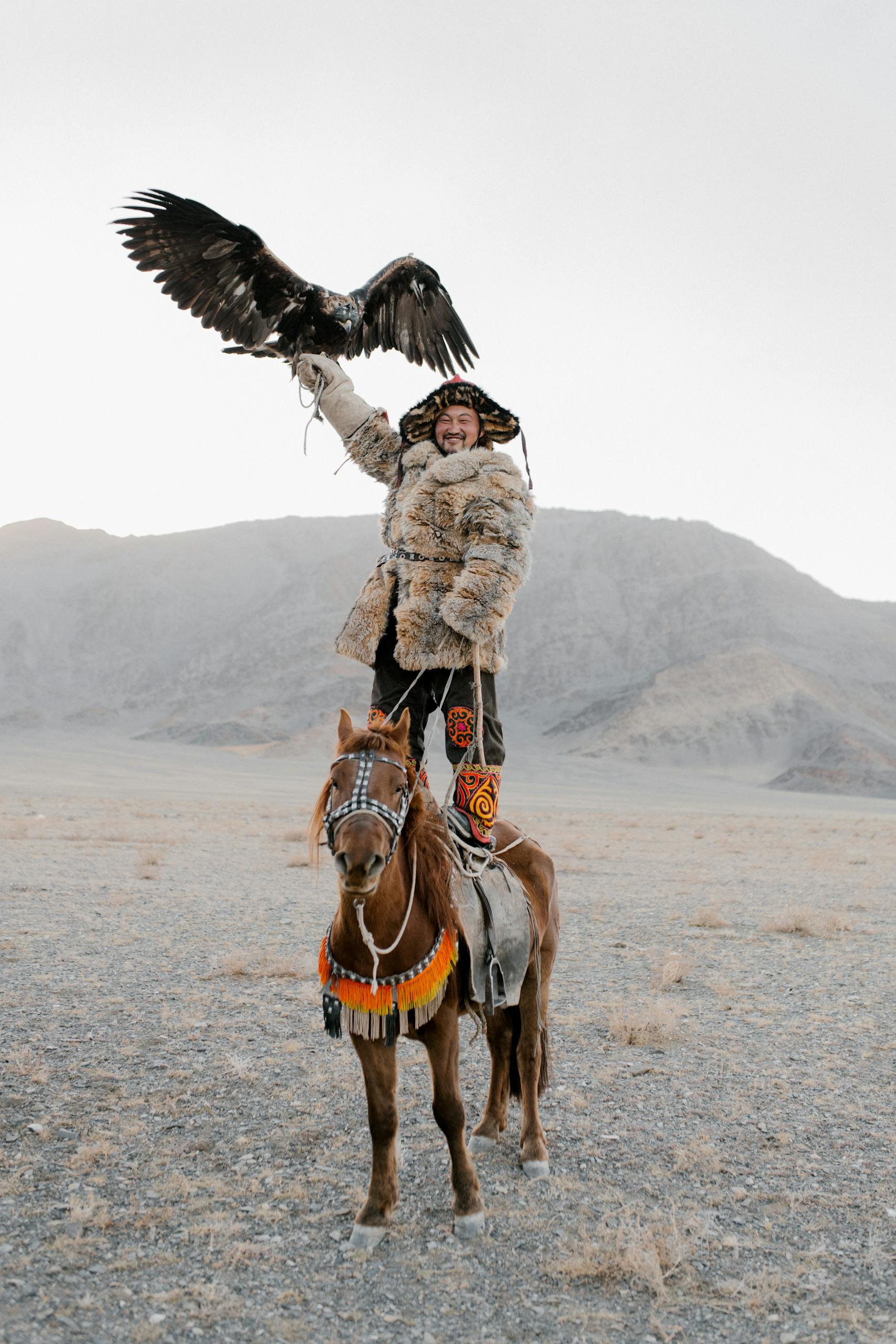
6. Faces of the Steppe: Demographics and Rural Communities
Life in the Mongolia countryside is defined by its people—resilient, resourceful, and deeply connected to the land. With a total population spread thinly across a vast expanse, Mongolia remains one of the most sparsely populated countries in the world.
Rural communities are often centered around nomadic families, whose daily life revolves around herding livestock and moving with the seasons. These herders, whether on horseback or leading camels across the open steppe, embody a way of life that has endured for generations.
Visitors to the Mongolia countryside are welcomed with genuine hospitality, often invited to share in the routines of local Mongolians.
Staying with a nomadic family offers a rare chance to experience the rhythms of daily life—learning to milk livestock, joining in a horse ride across the grasslands, or even trying your hand at a camel ride through the rolling hills.
Through these encounters, travelers gain a deeper appreciation for the culture, traditions, and enduring spirit of Mongolia’s rural communities, where learning is a two-way street and every day brings a new connection to nature and heritage.
7. Livelihoods on the Land: Economy and Industry in the Countryside
The heartbeat of Mongolia’s rural economy is found in its relationship with the land and animals. Across the country, Mongolian herders rely on horses, goats, sheep, and other livestock for their livelihood, continuing a tradition that has shaped the nation’s identity for centuries.
These animals are not just a source of food and clothing—they are central to the local culture and daily routines.
Beyond herding, Mongolia countryside is rich in natural resources, with mining for coal, copper, and gold playing an increasingly important role in the national economy. At the same time, tourism is emerging as a vital industry, drawing visitors eager to experience the Mongolian landscape and support local businesses.
The government and local communities are working together to promote sustainable practices, ensuring that economic growth goes hand in hand with the preservation of Mongolia’s natural beauty.
By choosing to visit rural areas and engage with local enterprises, travelers can help sustain the livelihoods of Mongolian families and contribute to the country’s future.
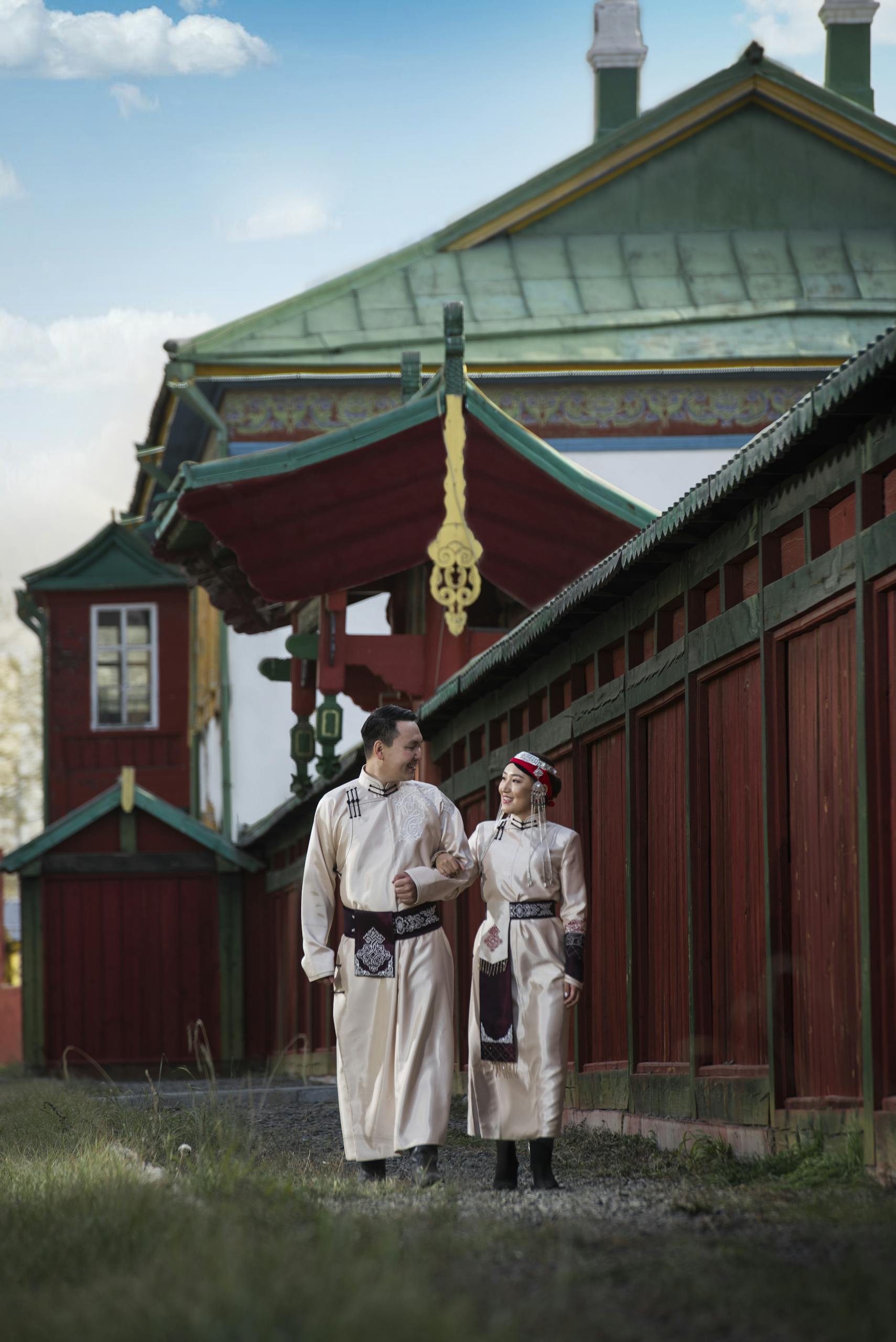
8. The Rhythm of the Steppe: Music and Dance Traditions
Music and dance are woven into the very fabric of Mongolian culture, echoing across the steppe from one ger camp to the next.
The haunting melodies of the morin khuur, or horsehead fiddle, capture the spirit of the nomadic lifestyle, while the mesmerizing art of throat singing—khoomei—evokes the sounds of wind and water that shape the Mongolian landscape.
Traditional dances like the biyelgee are performed with energy and grace, telling stories of daily life, nature, and the enduring bond between people and animals.
For visitors, experiencing these traditions is a highlight of any journey through Mongolia. Whether attending a vibrant festival such as Naadam or joining a local celebration in a ger, travelers are invited to immerse themselves in the rhythms of the steppe.
Many ger camps offer workshops and performances, providing a unique opportunity to learn about the instruments, songs, and dances that define Mongolian culture and keep the nomadic spirit alive.
9. Central Asia’s Untamed Wilderness
Mongolia, a jewel of Central Asia, is defined by its vast landscapes and cultural richness. About half of Mongolia’s population lives in or near Ulaanbaatar, highlighting the urban concentration in the capital. Smaller towns across the country also play a significant role in the demographic distribution, contrasting with the sparsely populated rural areas.
The region’s nomadic lifestyle, resilience, and hospitality stand out, making it a unique place to visit Mongolia and explore its ties to the natural world and other countries in Central Asia.
In recent years, Korean cultural and language influence has grown in Mongolia, reflecting strong international connections, especially with South Korea.
The interaction between Mongolia’s total population and the environment is a testament to human adaptability and the enduring allure of the Mongolian people.
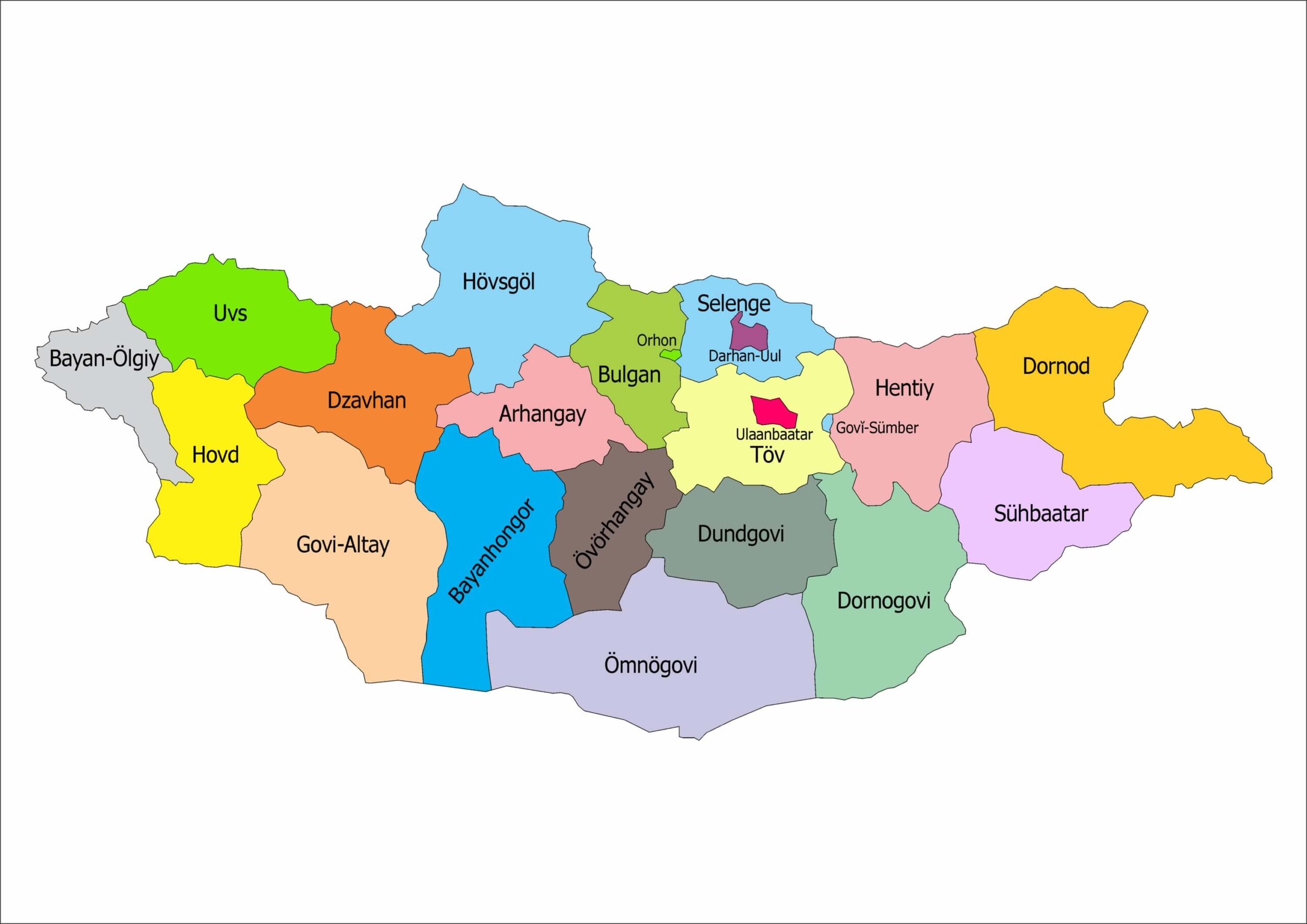
10. Guardians of the Land: Conservation and Environmental Challenges
Mongolia’s vast and breathtaking landscapes are as fragile as they are beautiful. The country faces significant environmental challenges, from the encroaching sands of the Gobi to the impacts of climate change and pollution.
These natural pressures threaten not only the unique wildlife—such as the elusive snow leopard and the rare Gobi bear—but also the traditional ways of life that depend on a healthy environment.
Conservation efforts are underway across Mongolia, with national parks and wildlife reserves working to protect endangered species and promote sustainable land use.
Eco-tourism initiatives encourage visitors to experience the natural wonders of the country while minimizing their impact, supporting both local communities and the preservation of Mongolia’s heritage.
By choosing responsible travel options and supporting conservation projects, travelers can play a vital role in safeguarding the natural treasures of Mongolia for generations to come.
Conclusion: A Visit to Mongolia
To visit Mongolia is to experience the heart of Central Asia, where the past and present coexist in a landscape of unspoiled beauty. From the ger camps dotting the Mongolia countryside to the bustling streets of Ulaanbaatar, the country offers a journey through history and nature alike.
Whether it’s the thrill of a horse ride or the peace of a sunrise over the Gobi desert, Mongolia promises a profound connection with both land and culture, inviting every visitor to partake in its enduring legacy.
Exploring the Vast Beauty of Mongolia Countryside
The Provinces of Mongolia: A Gateway to Diverse Landscapes
Mongolia, a nation renowned for its expansive open steppe and rugged mountains, is divided into 21 provinces, each offering unique insights into the nomadic lifestyle and natural beauty of the region. These provinces include:
- Ulaanbaatar
- Arkhangai
- Bayan-Ölgii
- Bayankhongor
- Bulgan
- Darkhan-Uul
- Dornod
- Dornogovi
- Dundgovi
- Govi-Altai
- Govisümber
- Khentii
- Khovd
- Khövsgöl
- Ömnögovi
- Orkhon
- Övörkhangai
- Selenge
- Sükhbaatar
- Töv
- Uvs
Each province, from the remote Altai Mountains in the west to the bustling capital in Ulaanbaatar, tells a story of Mongolia’s rich history and vibrant contemporary lifestyle.
Delicacies of the Mongolia Countryside
In the heart of Central Mongolia, the diet is heavily influenced by the nomadic culture, with countryside food revolving around livestock products. The vast pastures support a diet rich in dairy and meat, particularly from horses, camels, and cattle.
A visit to a local ger camp might offer you a taste of airag (fermented horse milk), or the hearty borts (air-dried meat), staples that reflect the rugged environment and nomadic resilience.
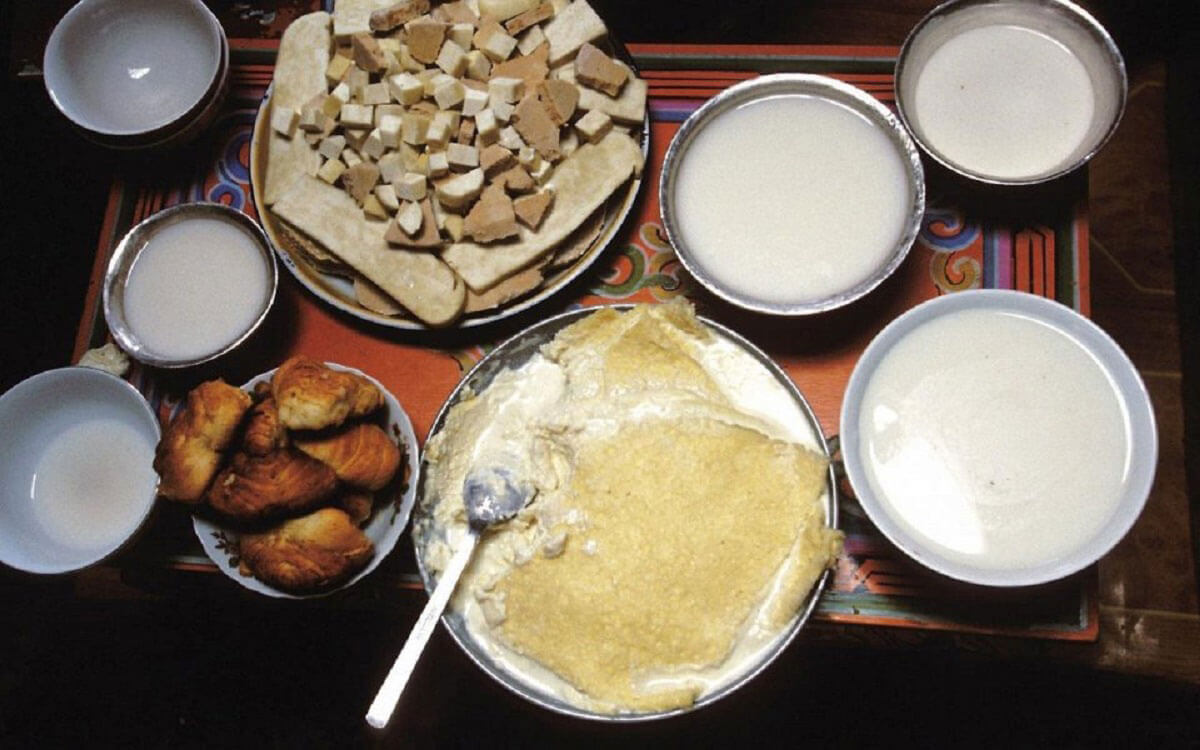
Keywords that Define the Mongolian Countryside Experience
Mongolia countryside showcases a life that has adapted to both the harsh winters and the verdant summers, where herders move their livestock across the country, preserving a way of life that has sustained generations.
Mongolia countryside and Mongolian landscape offer a glimpse into a land where wild horses roam freely across the vast, open steppe, framed by the dramatic sand dunes of the Gobi Desert to the extensive ice fields in the northern border.
Mongolia shares similar latitudinal features and landscape characteristics with Canada, making its vast wilderness and climate relatable to those familiar with the Canadian environment. Some of Mongolia’s eastern rivers drain into the Amur River basin, which ultimately flows to the Pacific Ocean, connecting Mongolia’s ecology to broader regional biodiversity.
The nomadic family and their ger reflect the enduring nomadic culture amidst the challenging climates of Central Asia.
Horse riding and camel rides are quintessential activities, offering an intimate experience of Mongolia’s natural wonders from the Flaming Cliffs to the Tuul River.
The influence of the Mongol Empire and Great Mongol Empire echoes through the land, enriched by the spiritual depth of Tibetan Buddhism.
Visit Mongolia to connect with the Mongolian people, whose lives are a blend of traditional nomadic practices and contemporary Mongolia influences, with history stretching back to the Soviet Union and beyond.
The remote Altai Mountains, home to tens of thousands of years of history, offer breathtaking vistas and a chance to witness the unique traditions of eagle hunting.
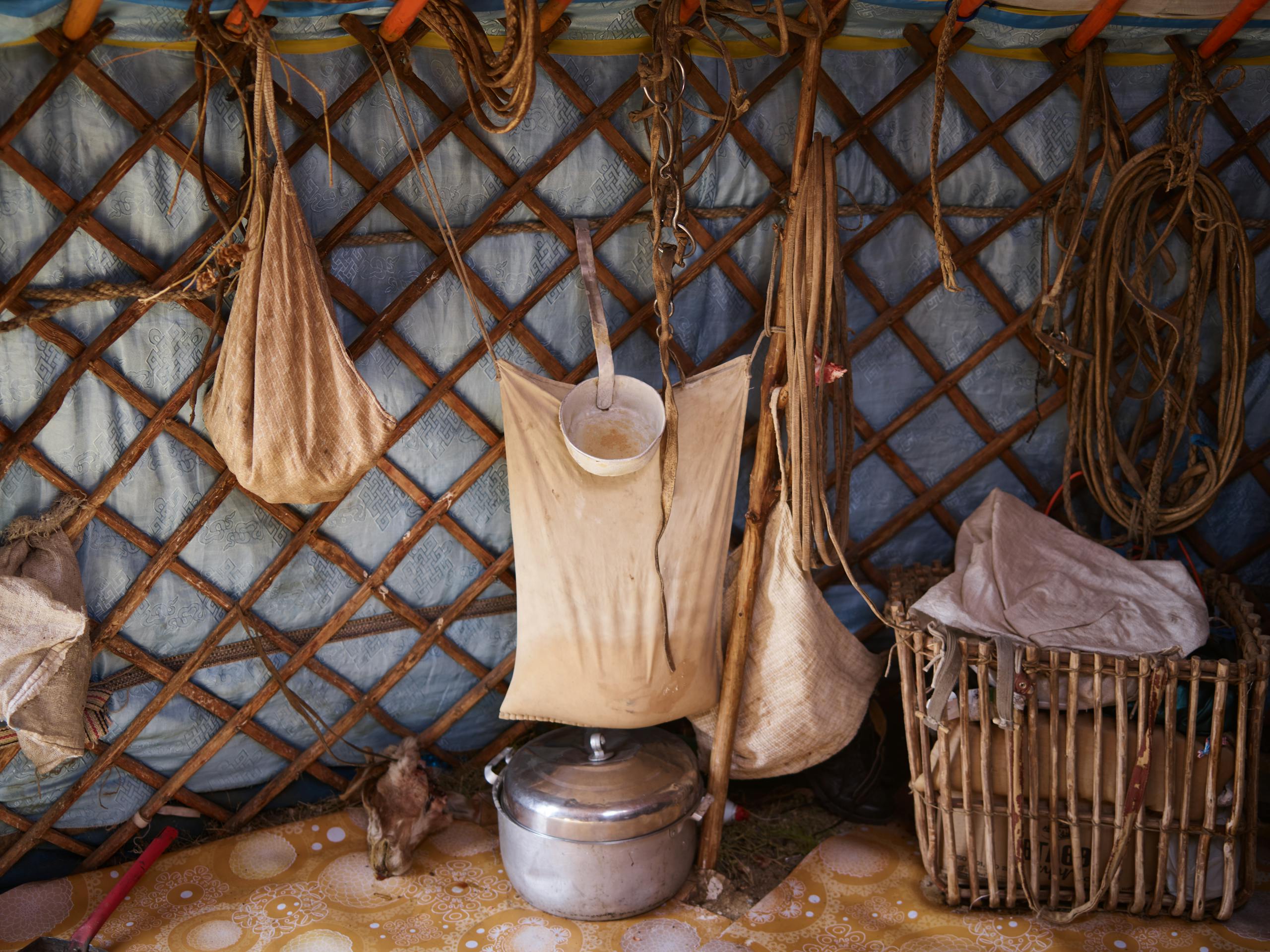
Keywords that Define the Mongolian Countryside Experience
- Mongolia countryside and Mongolian landscape offer a glimpse into a land where wild horses roam freely across the vast, open steppe, framed by the dramatic sand dunes of the Gobi Desert to the extensive ice fields in the northern border.
- The nomadic family and their ger reflect the enduring nomadic culture amidst the challenging climates of Central Asia.
- Horse riding and camel rides are quintessential activities, offering an intimate experience of Mongolia’s natural wonders from the Flaming Cliffs to the Tuul River.
- The influence of the Mongol Empire and Great Mongol Empire echoes through the land, enriched by the spiritual depth of Tibetan Buddhism.
- Visit Mongolia to connect with the Mongolian people, whose lives are a blend of traditional nomadic practices and contemporary Mongolia influences, with history stretching back to the Soviet Union and beyond.
- The remote Altai Mountains, home to tens of thousands of years of history, offer breathtaking vistas and a chance to witness the unique traditions of eagle hunting.
- Mongolia countryside showcases a life that has adapted to both the harsh winters and the verdant summers, where herders move their livestock across the country, preserving a way of life that has sustained generations.
Why Mongolia Countryside Is a Must-Visit
Mongolia countryside is not just a place; it’s a vast canvas where nature and culture weave together into a vibrant tapestry of life.
From the nomadic lifestyle that has adapted over millennia to the contemporary Mongolia that has emerged in recent years, the countryside offers insights not only into the daily life of Mongolians but also into the natural and cultural heritage that makes Mongolia a unique part of the world.
Whether you are exploring the capital, venturing into the wilds of the Gobi desert, or experiencing the tranquility of the northern mountains, Mongolia offers an unparalleled journey into a world where the past and present coexist beautifully.
From tour groups in Ulaanbaatar to solitary camel rides across the Gobi, every experience enriches your understanding of this incredible country.
FAQ
Is Mongolia a rich or poor country?
Mongolia is classified as a lower-middle-income country by global standards. The nation faces significant economic challenges, including reliance on mineral mining and a vulnerable agricultural sector, contributing to its status.
How much of Mongolia is rural?
Approximately 77% of Mongolia’s total area is considered rural. Most of the population lives in these areas, engaged primarily in herding and traditional nomadic farming.
What is Mongolia best known for?
Mongolia is best known for its vast and picturesque landscapes, including the Gobi Desert and the Altai Mountains, its rich nomadic heritage, and being the homeland of Chinggis Khan, one of history’s most famous conquerors.
Is Mongolia a good place to live?
Mongolia offers a unique living experience with its combination of vast natural landscapes and a growing urban culture. However, the harsh climate, economic variability, and rural infrastructure can pose challenges for residents, especially those accustomed to more urban environments.
Is Mongolia a developed country?
Mongolia is considered a developing country. It is undergoing gradual economic development but still faces challenges like economic dependence on natural resources and underdeveloped infrastructure, especially in rural areas.
Are Mongolians friendly to tourists?
Yes, Mongolians are generally known for their hospitality and are friendly towards tourists. Visitors often praise the warm welcome they receive from locals, both in the city and in the countryside.

